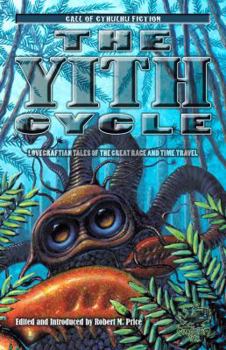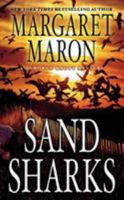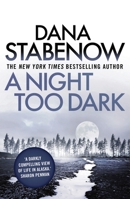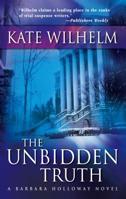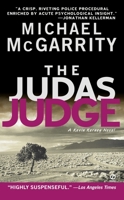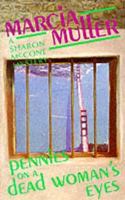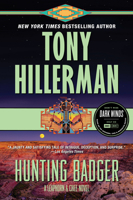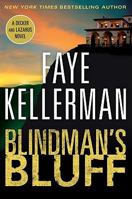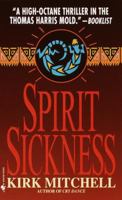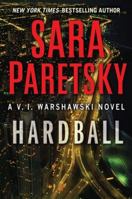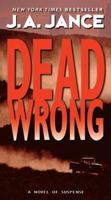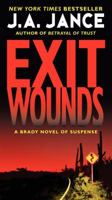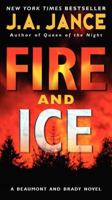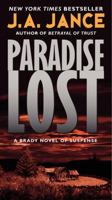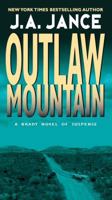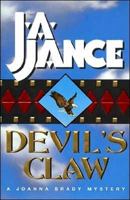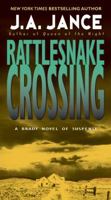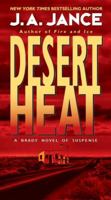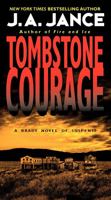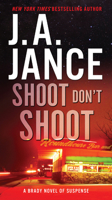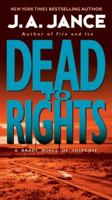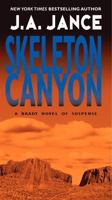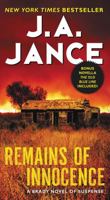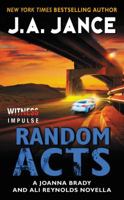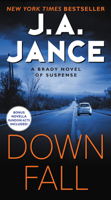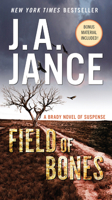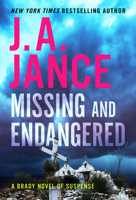The Yith Cycle: Tales of the Great Race
(Part of the Chaosium's Call of Cthulhu books Series)
Select Format
Select Condition 
You Might Also Enjoy
Book Overview
The planet Yith is the home of the Great Race, a place inspiring H.P. Lovecraft and other authors to pen classic tales of travel through time and space. In ?The Shadow Out of Time" there is implicit a very different view of Homo Sapiens? origins, derived directly from the modern mythology of the Theosophical Society. Lovecraft often mentioned Theosophy as a kind of foil and precedent for his own Mythos in his stories. This collection includes tales of Yith both famous and obscure, replete with time travel, mind-exchange, and thrilling vistas of primordial history set in context that enables new readers and long-time Lovecraftian fans alike to enjoy them. This description may be from another edition of this product.
Format:Paperback
Language:English
ISBN:1568823274
ISBN13:9781568823270
Release Date:November 2010
Publisher:Chaosium
Length:512 Pages
Weight:2.05 lbs.
Dimensions:1.2" x 5.5" x 8.4"
Customer Reviews
2 customer ratings | 1 review
There are currently no reviews. Be the first to review this work.











